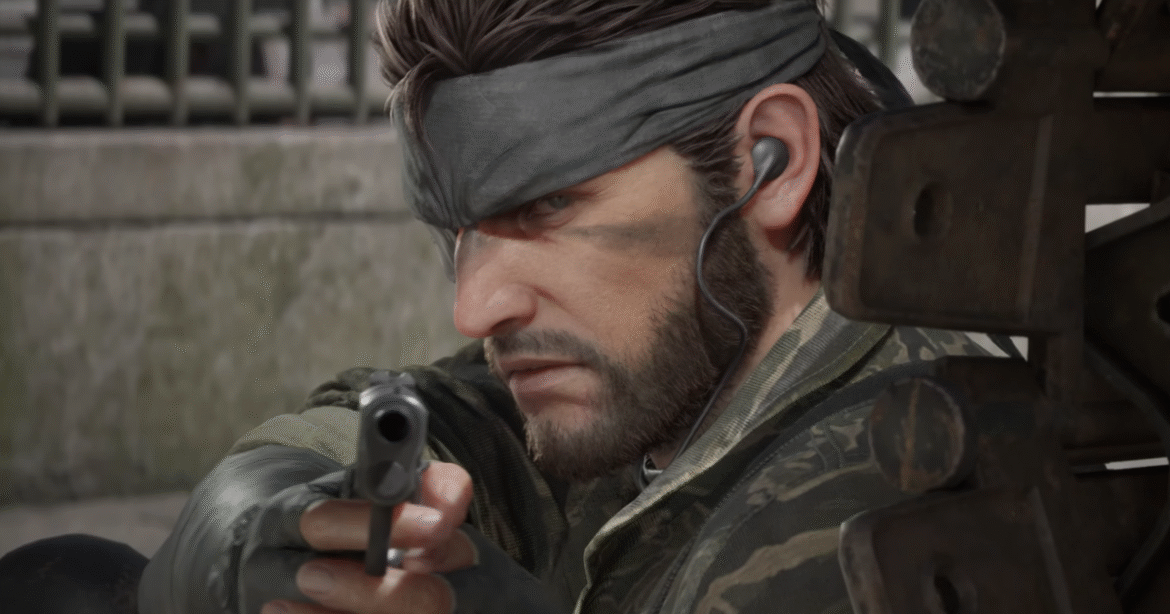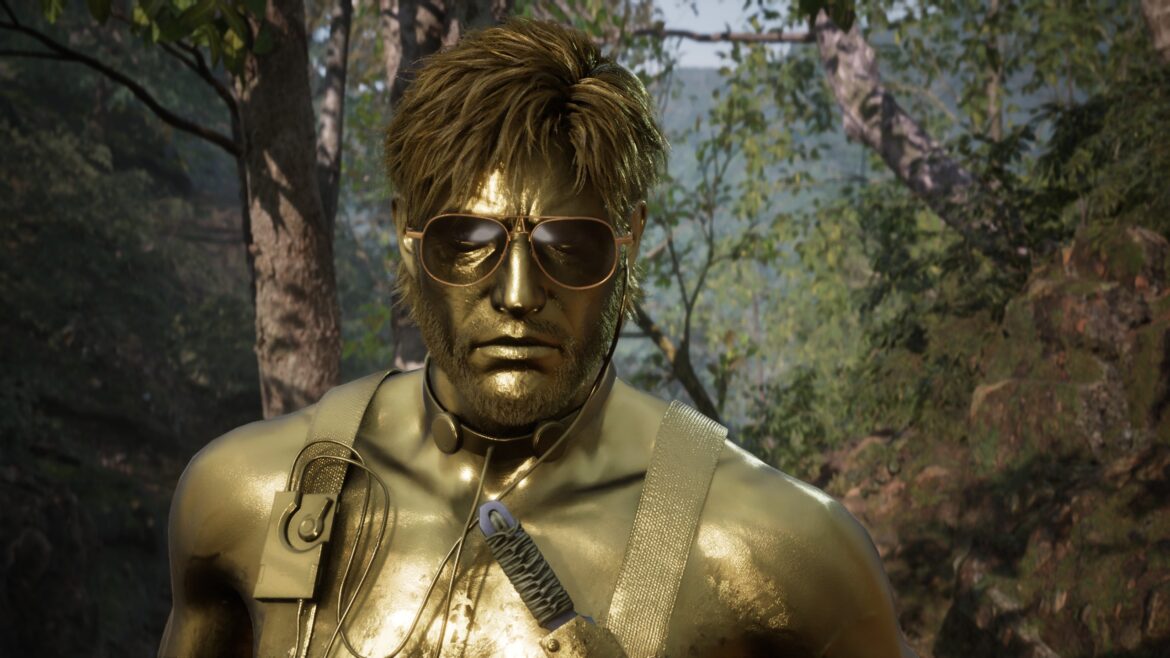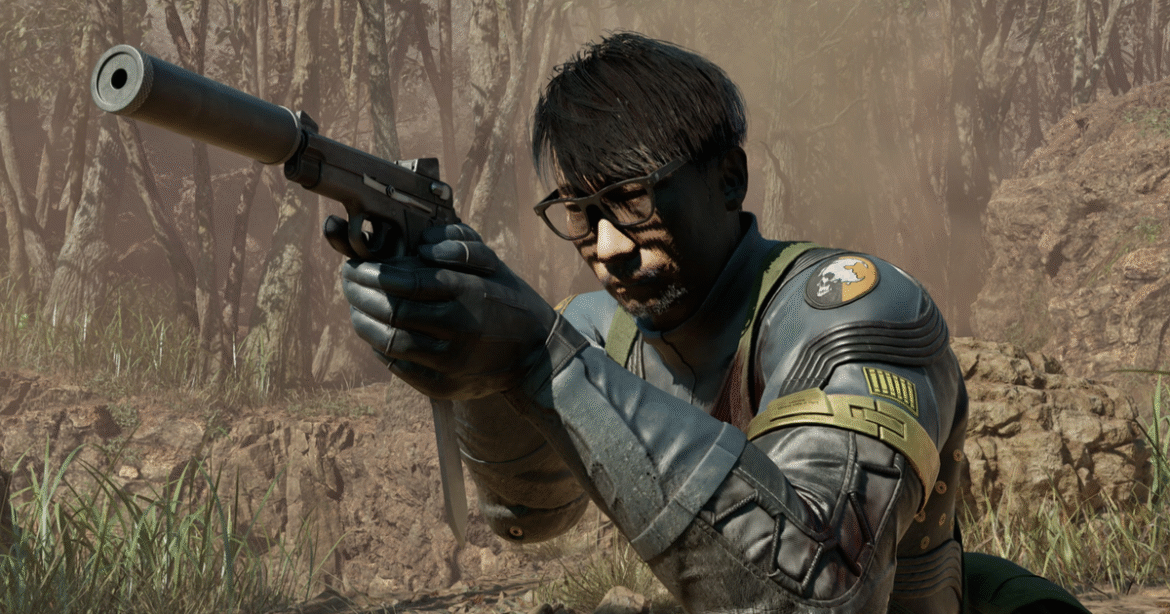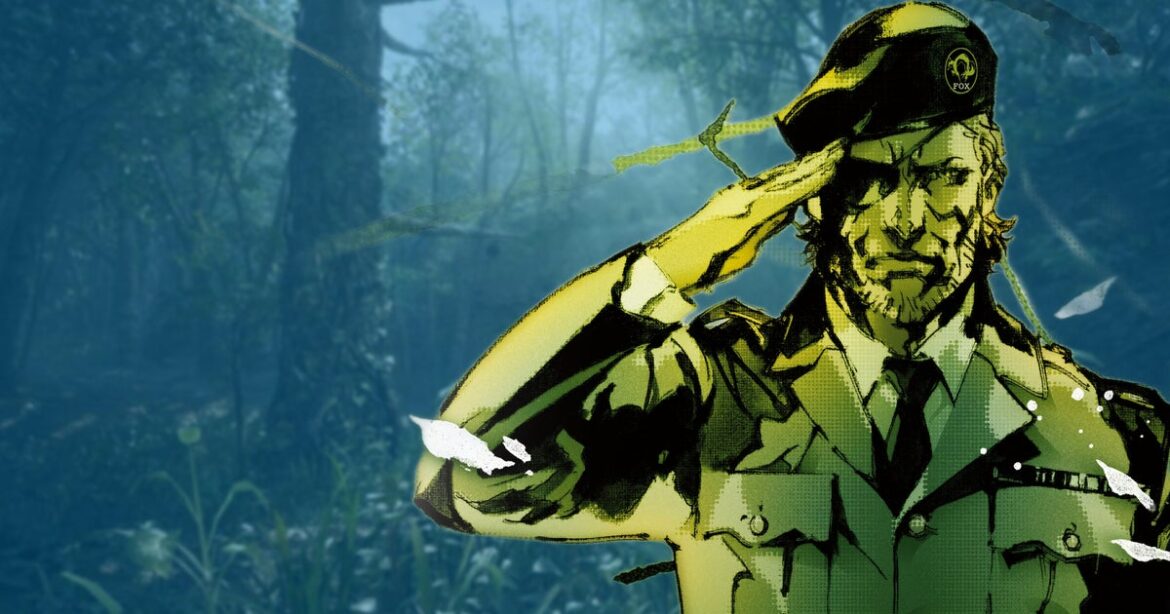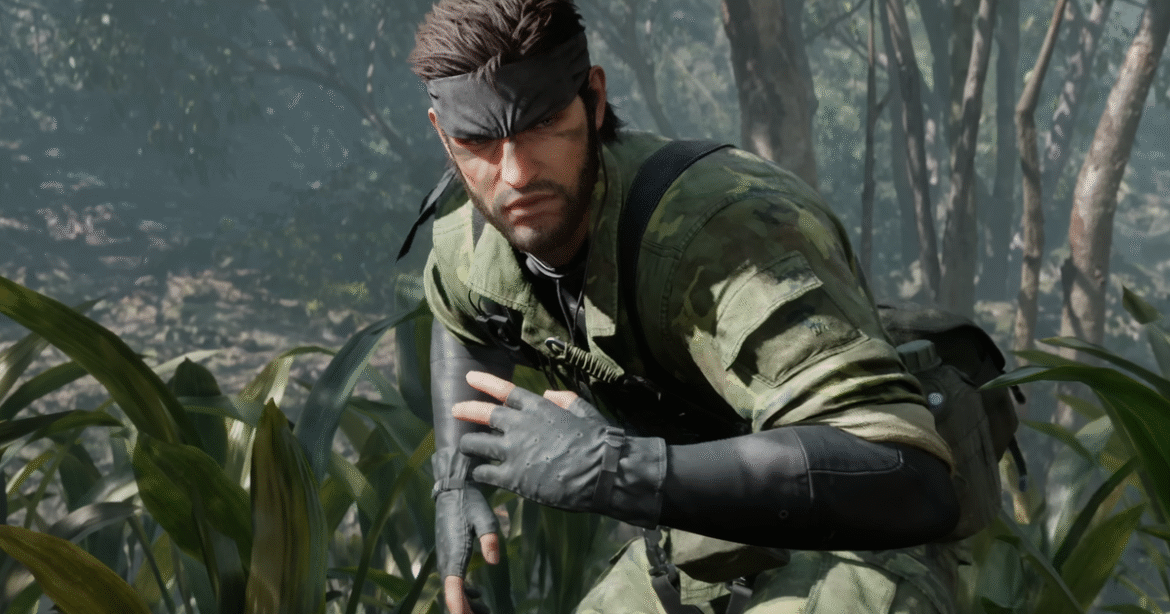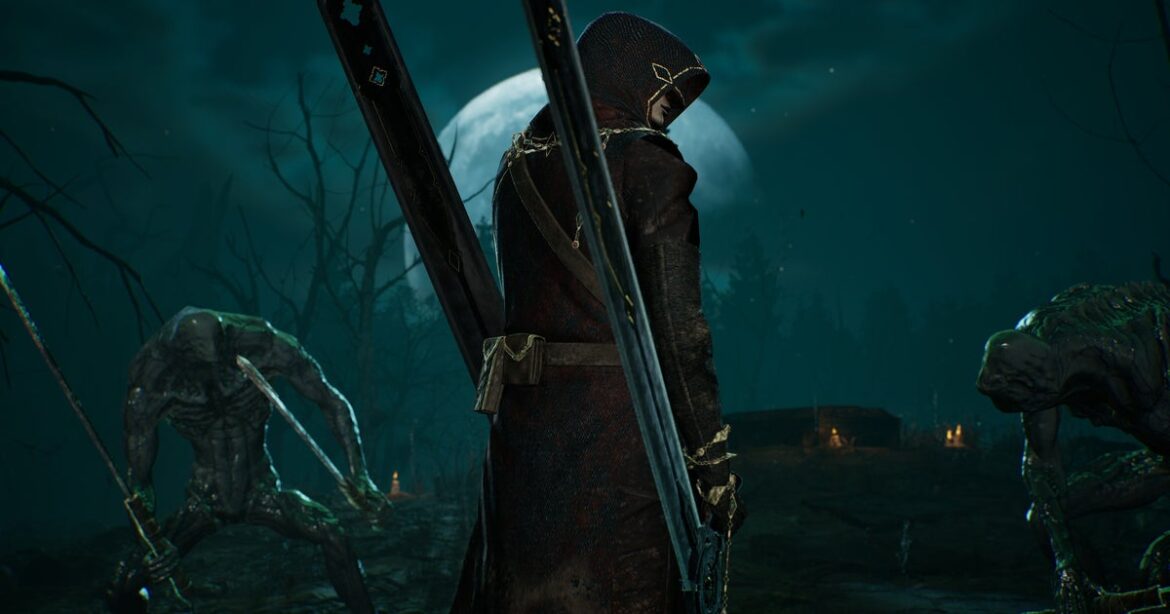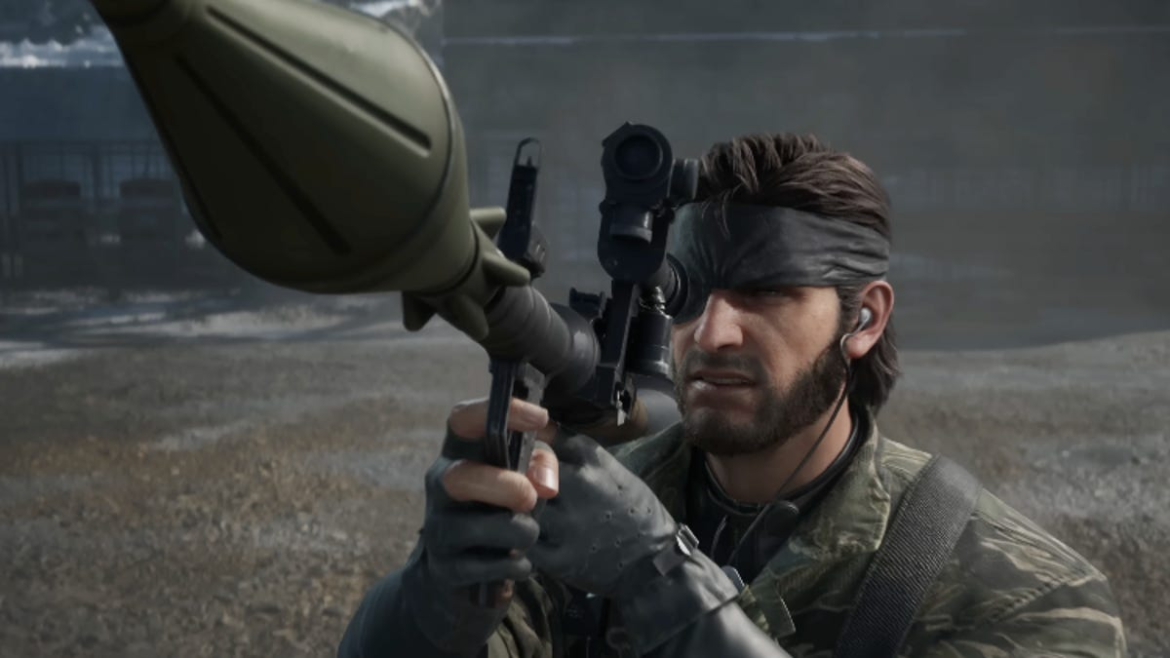Metal Gear Solid Delta: Snake Eater will finally be getting Fox Hunt – it’s online PvP mode – on the 30th October.
This mode, absent from the launch version of the game, will be available to owners of the game across PC, PlayStation 5, and Xbox Series X|S. This online mode is a competitive “hide-and-seek” style PvP mode where players have to find and take each other out using any tools they can find.
Up to 12-players can take part in a match at any one time, though according to the official Konami press release crossplay is still not supported.
Here’s the launch trailer for Metal Gear Solid Delta: Snake EaterWatch on YouTube
There are two available game modes: Survival Capture and Survival Intrude. The first is a capture the flag style mode where players must secure a dwindling number of cute green Kerotan, and the latter a battle royale style mode where players must battle over a shrinking play area.
Metal Gear Solid Delta: Snake Eater has proven popular, selling over a million copies on its launch day earlier this month. Since its launch the game has received a variety of patches to improve stability and performance, some good news for those who were waiting to give it a try.
Metal Gear Solid Delta: Snake Eater is itself a fantastic recreation of the original game. In Eurogamer’s review it’s described as “an achievement for the development team behind Delta too, some of whom were original staff from the Metal Gear Solid 3 team. The legend of Metal Gear Solid 3 has been brought back to life thanks to their efforts, and the experience of playing it has put me in a position I could not have foreseen just a few years ago.”



